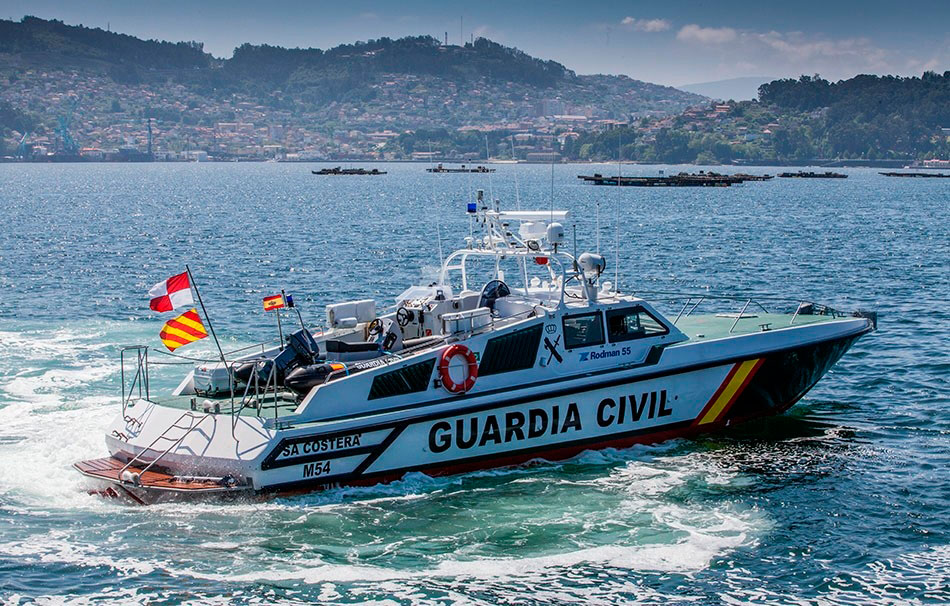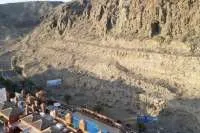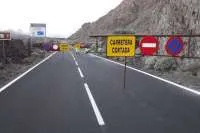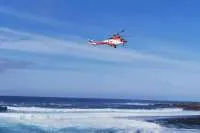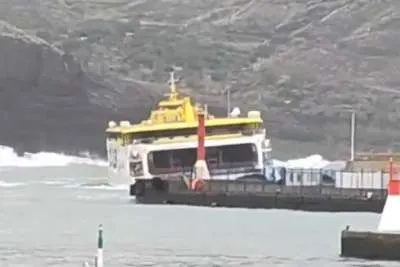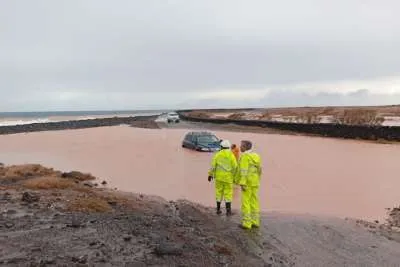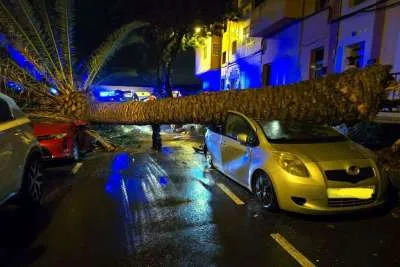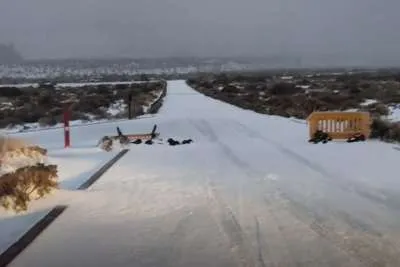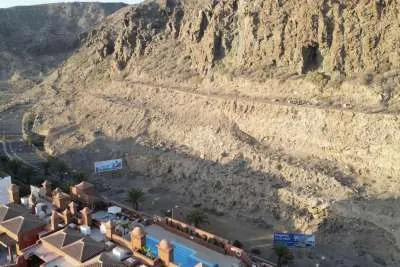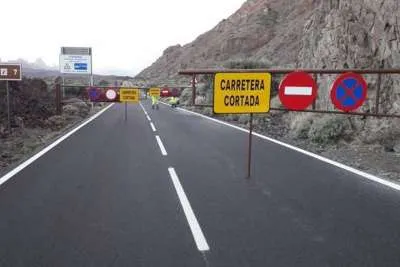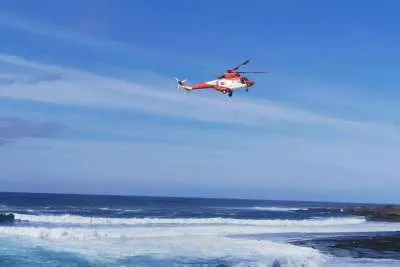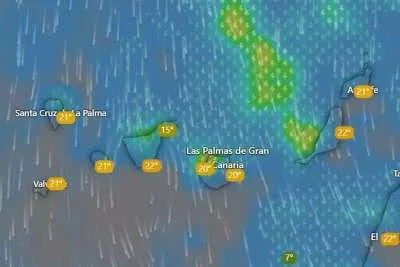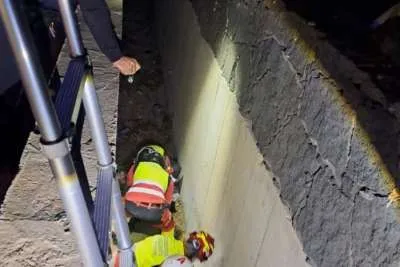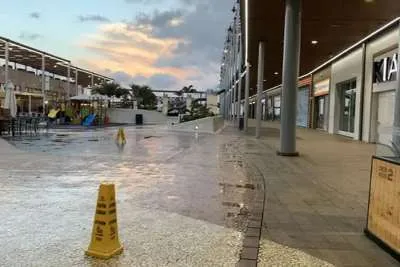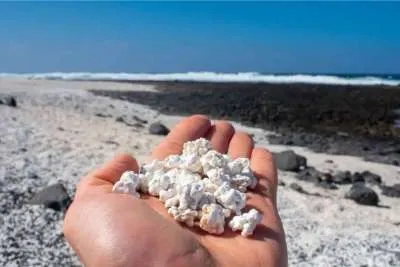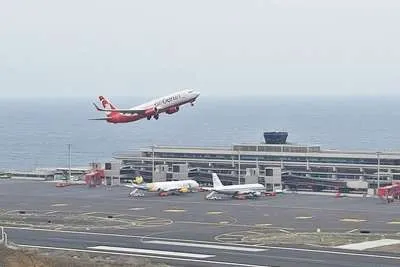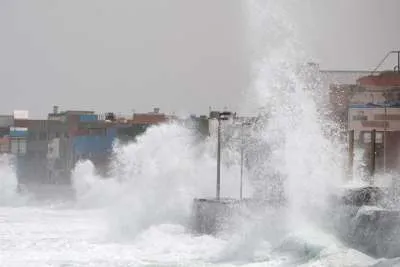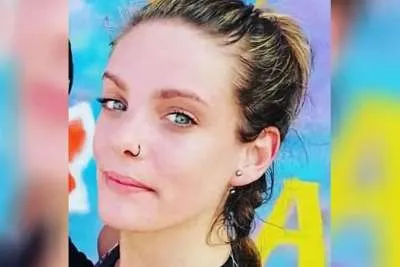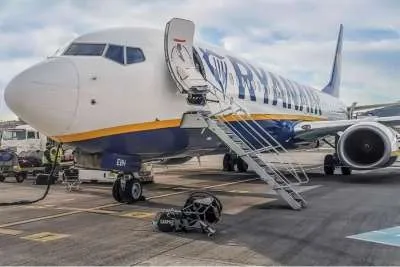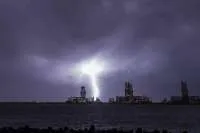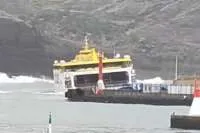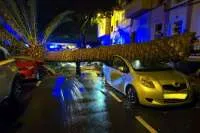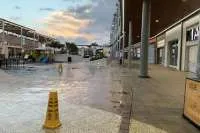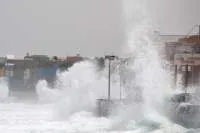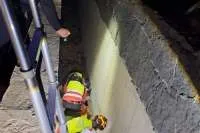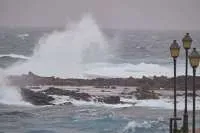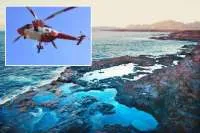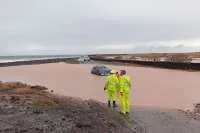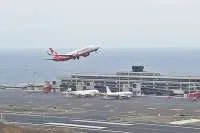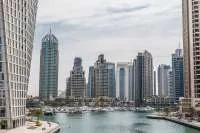Hunt for Anna and Olivia Day 10: Path of British boat being investigated
- 07-05-2021
- Tenerife
- Canarian Weekly
The Guardia Civil are thoroughly investigating the suspicious route followed by a British-flagged boat that set sail from Gran Canaria at 8.25am on Tuesday, April 27th, and arrived on the island of San Vicente in Cape Verde on Monday night. The boat has not been named for legal reasons at the moment.
Investigators still believe that Tomas Gimeno swapped his speedboat for a bigger boat off the coast of Tenerife to escape the islands with his daughters, and they want to know why this particular sailing boat took the route it did.
Instead of sailing directly from Gran Canaria to Cape Verde, it headed towards Tenerife, following the east coast near Santa Cruz de Tenerife to finally be detected in front of Candelaria in the early hours of Tuesday to Wednesday April 28th, near the Puertito de Güímar.
It’s one thing that this coincides with the time when Tomás Antonio Gimeno, a 37-year-old from Tenerife, took his two little daughters, Anna and Olivia (aged one and six), and it’s another to find out the reason for the comings and goings of this sailboat. Police now believe that he left port twice as he was looking for the boat he was changing to, or got a message that the boat wasn’t at the rendezvous point when he left port the first time.
(Image: Diario de Avisos)
The information about the route of this British-flagged sailboat has been provided to the Guardia Civil by two people from Tenerife interested in the case given its seriousness and because they are two close friends of Tomás. Police see them as credible sources as one is a world jet ski champion, Tony Herrera, and well known cave diver, David Morales.
The data provided by Herrera and Morales are complemented with those collected by the research team, which already flagged the British sailboat, specifically, in reference to its arrival in Cape Verde.
But there are more reasons to focus attention on this sailboat. As Herrera and Morales detail, their crew repeatedly turned off the Automatic Identification System (AIS), which happened both on Tuesday April 27th, when in theory it would be waiting for Tomas near the Tenerife coast, and then during its journey to Cape Verde, in such a way that it only reactivated it to avoid the risk of a collision with other vessels. What's more, when it detected the proximity of another boat, this British-flagged sailboat deviated from its route as though it didn’t want to meet anyone during its journey.
Furthermore, shortly before arriving in the Marina of Mindelo on the island of San Vicente, the vessel disconnected the identification system again, but it is established by other means that it docked there, and apparently is still there. Surely, yesterday (at the latest) it received a visit from the authorities to inquire if it is related with the disappearance of the girls or not, but there is no confirmation of this as of now.
LOCAL SEARCH CONTINUES:
In the meantime the search is continuing along the Tenerife coast for any signs or clues of their whereabouts locally, which as of now haven’t produced any results, but now they have the addition of a ship equipped with a side scan sonar that is used to obtain an image of large portions of the ocean floor.
This boat is largely used in marine archaeology, but it can also, in the worst case scenario, locate human bodies at the bottom of the sea. It will also be used to detect, for example, suitcases that Tomás had thrown overboard. Once detected, with the work of divers, or a robot, depending on the depth, they could be brought to the surface.
Other articles that may interest you...
Trending
Most Read Articles
Featured Videos
A Vision of Elvis Tenerife Promo
- 10-05-2025
TEAs 2025 Highlights
- 17-11-2025


